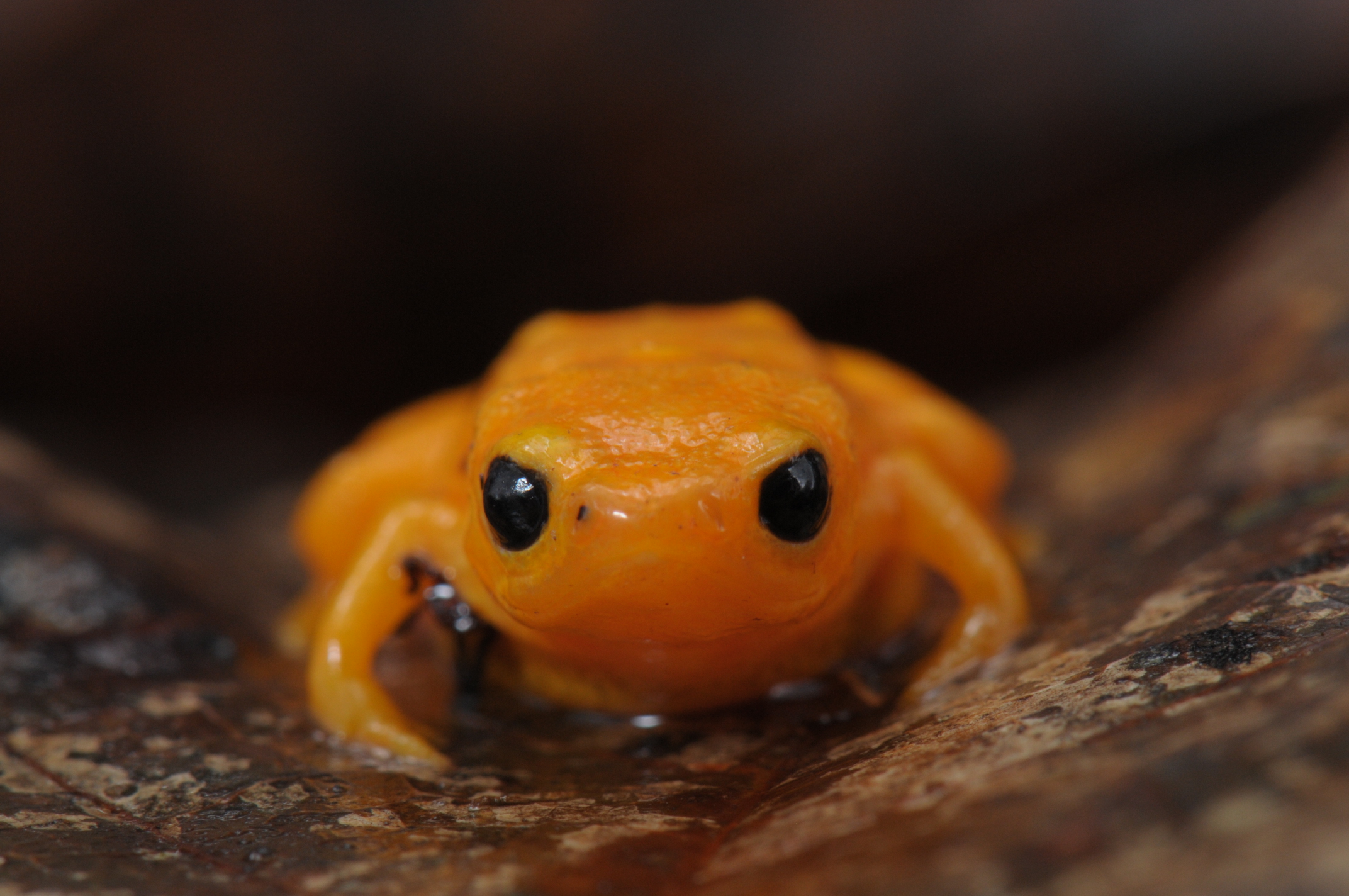
TUSCALOOSA, Ala. – Human-caused changes to the environment that exasperate droughts in a Brazilian rainforest intensify seasonal infections of a deadly fungus afflicting frogs and toads, causing localized mass deaths, according to research involving The University of Alabama.
The study is the first real-time report of chytridiomycosis in Brazil. The findings, reported in a recently published paper in the journal Biological Conservation, suggest human-caused climate change and deforestation may accelerate disease in drought-sensitive species to an extent that may shift disease dynamics toward localized but potentially lethal spikes in infection.
“This shows how dramatic the effects of climate change can be for biodiversity and the emergence of new pathogens for wildlife and humans,” said Dr. Gui Becker, UA assistant professor of biological sciences and senior author of the study.
The study also highlights the need for improved disease surveillance in in biodiversity hotspots, Becker said.
“With more disease surveillance, we would be able to act in situations of population declines due to disease to help safeguard hundreds of vulnerable species in light of accelerated global change stressors,” Becker said.
Batrachochytrium dendrobatidis, known simply as Bd or the amphibian chytrid fungus, causes chytridiomycosis. Infectious outbreaks of the disease have afflicted amphibians for at least 40 years on every continent except Antarctica, sometimes killing massive numbers of animals and, occasionally, extinguishing some species.
The disease outbreak and mass death of Brazilian pumpkin toadlets in this study was noticed by a graduate student researcher surveying several areas around water for a related project in the Atlantic Forest close to São Paulo. The bright orange, land-based pumpkin toadlet stands out, so their bodies were visible in the vegetation, Becker said.
The discovery was made during a period of lower-than-average rainfall, which are becoming more frequent as the climate warms, Becker said. Land-based frogs, such as the pumpkin toadlets, gather near remaining moist areas such as dried streambeds, which are also becoming less numerous as the forest is cleared for resources and development.
These areas get crowded with other frog species, easing transmission of the chytrid fungus among the crowd. The frogs were followed for a year, and the research team found that drought was the best predictor of spikes in the fungal infection and mortality.
It’s possible silent declines or even extinctions may be happening in these areas among more camouflaged nocturnal frogs, Becker said.
Surveillance would allow scientists and conservationists to act in situations of population declines due to disease. For instance, highly endemic terrestrial frogs could be brought to husbandry facilities and reintroduced in the wild after severe droughts. Surveillance would also allow greater understanding of how wildlife disease transmission and pathogen spillover among species occurs in real life, as opposed to a lab.
UA co-authors on the paper include Dr. Sasha Greenspan, a post-doctoral researcher in Becker’s lab, and Wesley Neely, a doctoral student in biological sciences. The UA team worked with corresponding author Diego Moura-Campos, and Dr. Luís Felipe Toledo, from The University of Campinas in São Paulo, as well as Dr. Graziella V. DiRenzo of Pennsylvania State University.
The research was supported by the researchers institutions along with the São Paulo Research Foundation, the National Science Foundation, and Brazil’s National Council for Scientific and Technological Development.
Contact
Adam Jones, UA communications, 205-348-4328, adam.jones@ua.edu
Source
Dr. Gui Becker, assistant professor of biological sciences, cgbecker1@ua.edu
